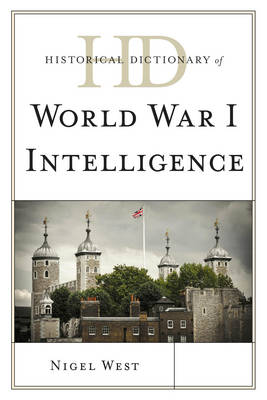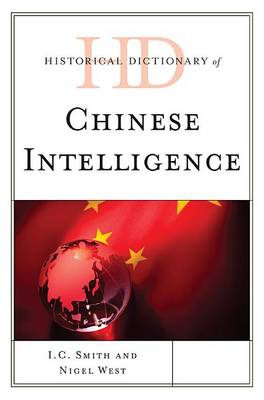Historical Dictionaries of Intelligence and Counterintellige
3 total works
In a surprising number of espionage cases sex has played a significant role-often only in the background-possibly as a reason why a particular individual has lived beyond his means and is in desperate need of cash. FBI agent Earl Pitts sold secrets to the Soviets to ease his financial burdens, which came from his habitually heavy use of male and female prostitutes. Yuri Nosenko collaborated with the CIA after having misappropriated KGB funds to entertain expensive women while on official duties in Geneva, and Aleksandr Ogorodnik of the Soviet foreign ministry was persuaded to become a spy by his pregnant Spanish lover, an agent recruited by the CIA. In the realm of human behavior, sex can be the catalyst for risky or reckless conduct. The Historical Dictionary of Sexspionage explores this behavior through a chronology, an introduction, a bibliography, and hundreds of cross-referenced dictionary entries on the secret agencies, operations, and events. From Delilah's seduction of Samson in 1161 BC to State Department official Donald Keyser's conviction of passing secrets to Isabelle Cheng, a Taiwanese intelligence officer, in 2007, Nigel West recounts the history of sexspionage.
Known as "the Great War," the world's first truly global conflict is remarkable in what might now be termed modern espionage. World War I was witness to plenty of "firsts." Apart from the contribution made by aerial reconnaissance and the interception of wireless telegraphy, telephone and cable traffic, there was the scientific aspect, with new machines of war, such as the submarine, sea-mine, torpedo, airship, barbed wire, armored tank and mechanized cavalry in a military environment that included mustard gas, static trench warfare, the indiscriminate bombardment of civilian population centers and air-raids. Large-scale sabotage and propaganda, the manipulation of news and of radio broadcasts, and censorship, were all features of a new method of engaging in combat, and some ingenious techniques were developed to exploit the movement of motor and rail transport, and the transmission of wireless signals. The hitherto unknown disciplines of train-watching, bridge-watching, airborne reconnaissance and radio interception would become established as routine collection methods, and their impact on the conflict would prove to be profound.
The Historical Dictionary of World War I Intelligence relates this history through a chronology, an introductory essay, an appendix, and an extensive bibliography. The dictionary section has over 400 hundred cross-referenced entries on intelligence organizations, the spies, and the major cases and events of World War I. This book is an excellent access point for students, researchers, and anyone wanting to know more about the world of intelligence in World War I.
The Historical Dictionary of World War I Intelligence relates this history through a chronology, an introductory essay, an appendix, and an extensive bibliography. The dictionary section has over 400 hundred cross-referenced entries on intelligence organizations, the spies, and the major cases and events of World War I. This book is an excellent access point for students, researchers, and anyone wanting to know more about the world of intelligence in World War I.


